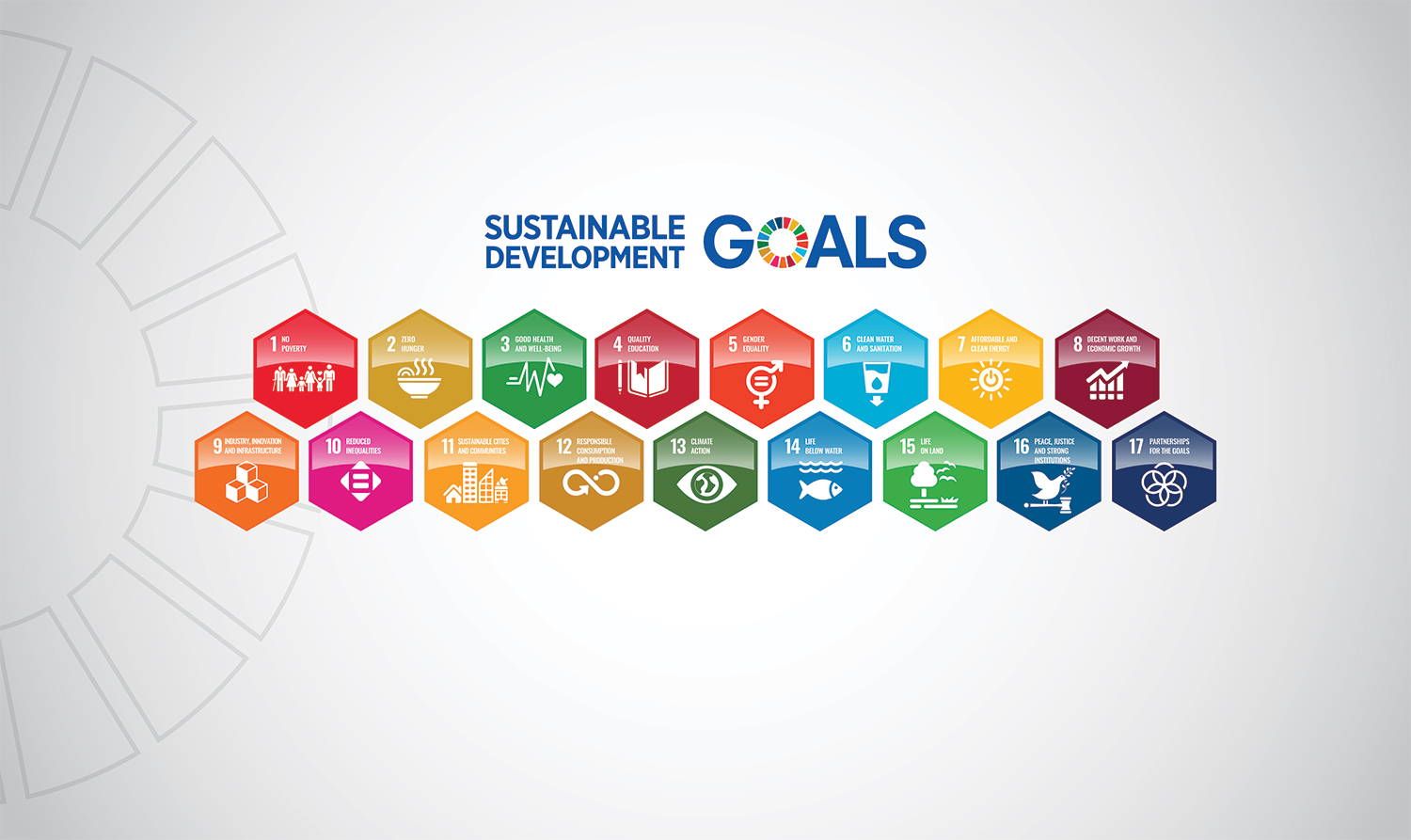
Transitioning to LEDs Bolsters 8 SDGs
Switching to mercury-free LED lighting brings significant cost savings for people, businesses and governments and is aligned with eight of the United Nations’ Sustainable Development Goals
SDG 3: Good Health and Well-being
Ensure healthy lives and promote well-being for all at all ages
Phasing out mercury-ladened fluorescent lamps will help to achieve objective 3.9 which seeks to substantially reduce the number of deaths and illnesses from hazardous chemicals and air, water and soil pollution and contamination.
SDG 7: Affordable and Clean Energy
Ensure access to affordable, reliable, sustainable, and modern energy for all
Switching to cost-effective LED lighting will save energy as LEDs use half the power required by fluorescent lighting to provide the same service. This supports objective 7.1 on universal access to affordable, reliable and modern energy services.
SDG 8: Decent Work and Economic Growth
Promote sustained, inclusive, and sustainable economic growth, full and productive employment, and decent work for all
Supporting the phase-out of fluorescent lighting would reduce occupational exposure to mercury and help to achieve objective 8.8, which aims to protect labour rights and promote safe and secure working environments of all workers, including migrant workers, particularly women migrants, and those in precarious employment situations.
SDG 10: Reduced Inequalities
Reduce inequality within and among countries
Banning the sale and export of fluorescent lighting will help achieve objective 10.4 which calls on countries to adopt policies, including social protection policies, that will progressively achieve greater equality. It will also contribute to objective 10.5, which calls for a framework to implement these policies. Banning fluorescent lights prevents emerging economies from becoming a dumping ground for toxic, inefficient lighting and promotes access to safe, efficient, clean LED lighting for all.
SDG 11: Sustainable Cities and Communities
Make cities and human settlements inclusive, safe, resilient, and sustainable
Replacing fluorescent lights with LEDs will eliminate the risks associated with managing hazardous wastes, and contribute to objective 11.6; to reduce the adverse per capita environmental impact of cities, including by paying special attention to air quality and municipal and other waste management.
SDG 12: Responsible Consumption and Production
Ensure sustainable consumption and production patterns
The Minamata Convention requires Environmentally Sound Management of products containing mercury (including fluorescent lighting) which directly links to objective 12.4; to achieve the environmentally sound management of chemicals and all wastes throughout their life cycle, […] and significantly reduce their release to air, water and soil in order to minimize their adverse impacts on human health and the environment.
SDG 13: Climate Action
Take urgent action to combat climate change and its impacts
Phasing out fluorescents, through the Convention would provide Parties with a global framework for eliminating inefficient, mercury-laden lighting and contribute to objective 13.2; to integrate climate change measures into national policies.
SDG 14: Life Below Water
Conserve and sustainably use the oceans, seas, and marine resources for sustainable development
Island states and arctic countries are particularly exposed to transboundary mercury pollution in the water which presents a threat to the ecosystem and communities who rely on fish as the main source of food. Replacing fluorescent lights with LED would contribute to preventing water contamination, and support objective 14.1 to prevent and significantly reduce marine pollution of all kinds.